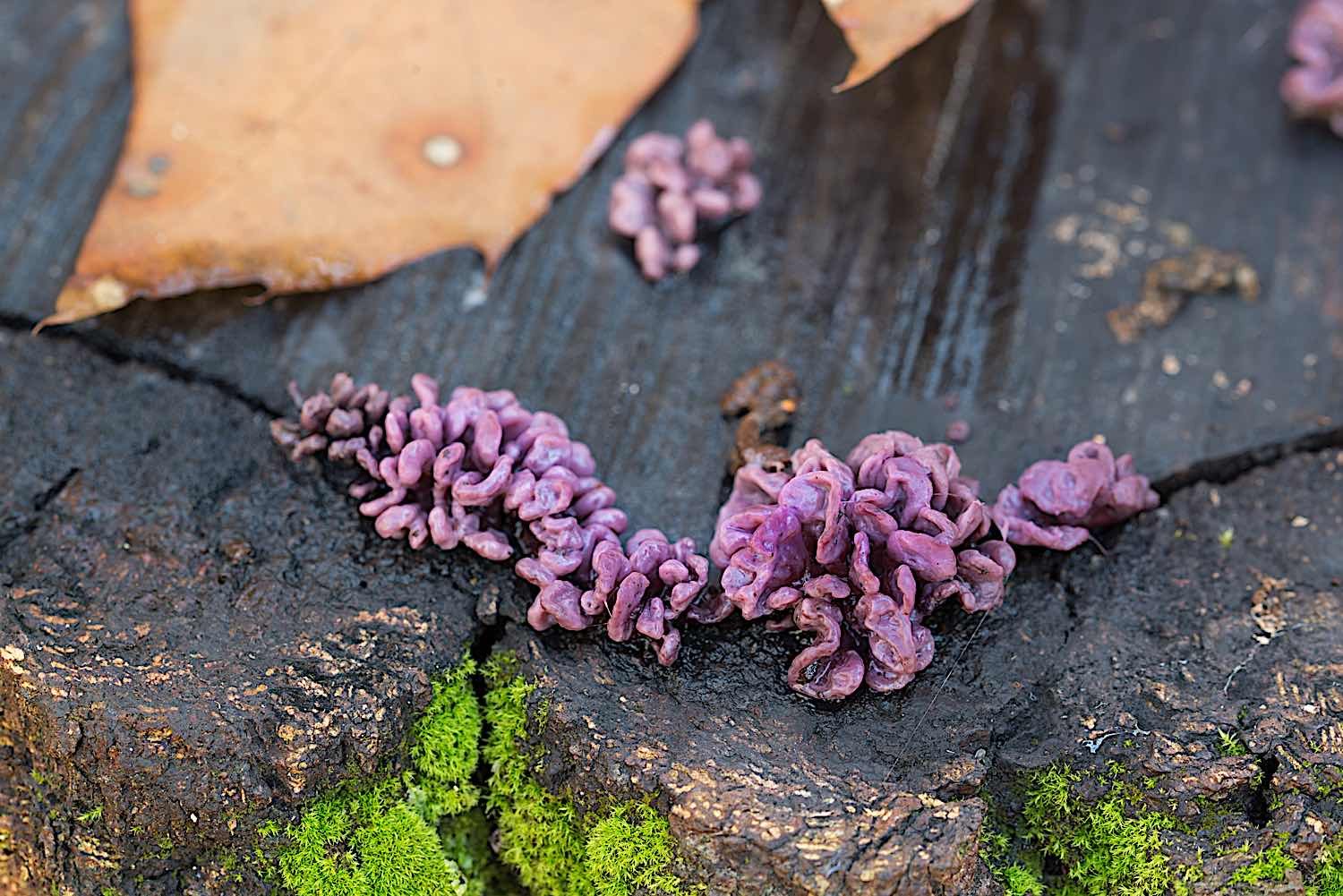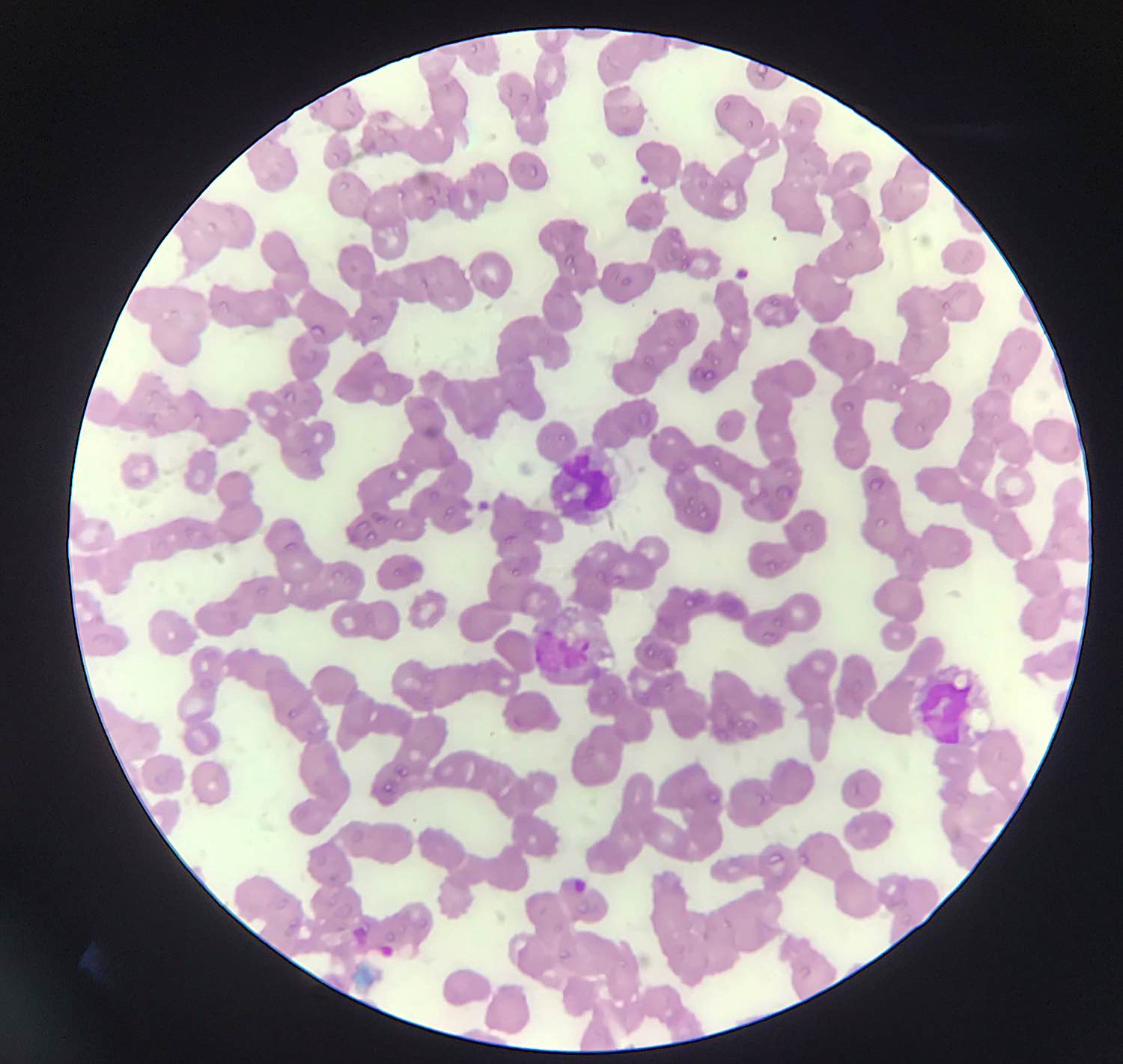In a case that is eerily reminiscent of the popular HBO drama The Last of Us, a 61-year old man in India has been infected with a rare fungal pathogen that was previously found only in plants. This is the first time that this fungus has been found to jump from plants to humans. The patient developed lesions on his skin and began coughing up blood. He was eventually diagnosed with mucormycosis, a potentially deadly infection caused by this fungus.

Recent news reports confirmed that a 61-year-old Indian farmer is the first known human victim of Chondrostereum purpureum – an exceedingly rare fungal infection and cause of Silver Leaf disease. This plant mycologist experienced flu-like symptoms such as difficulty swallowing, yet otherwise had no prior health problems; believing his illness to be related to handling molds, yeast, or mushrooms during studies for his profession. His case marks a world first in medical history with this form of fungi impacting humans.
BBC Report:
Craig Mazin and Neil Druckmann’s contemporary post-apocalyptic drama series, The Last of Us, is taking HBO audiences by storm. Inspired by the 2013 Naughty Dog video game of the same name, this riveting dystopian story dives into 2023 after a devastating global pandemic has swept across the Earth due to dangerous fungal infections causing infected hosts to turn into zombie-like creatures and collapse civilization as we know it.
Trailer for HBO’s The Last of Us
Fortunately, this scenario is fictional and far-fetched, yet the plant fungus to human jump is definite cause for concern. Scientists are currently investigating if there could be other ways for the fungus to spread from plants to humans, and whether it could cause further infection.

The case of the patient was reported to the World Health Organization (WHO) after his doctors had shared their files. As stated by a Daily Mail report, the researchers firmly argued that there was no evidence confirming any type of fungus could infect humans. In order for them to check if this claim held true, two months’ worth of antifungal medications were prescribed and samples from pus were sent to one of WHO’s collaborating facilities situated in Northern India for testing.
The fact that this fungus pathogen has been found in humans is an unprecedented risk. For now, normal cautions for hygiene, masking and so on are still effective with rising pathogens of various types.































